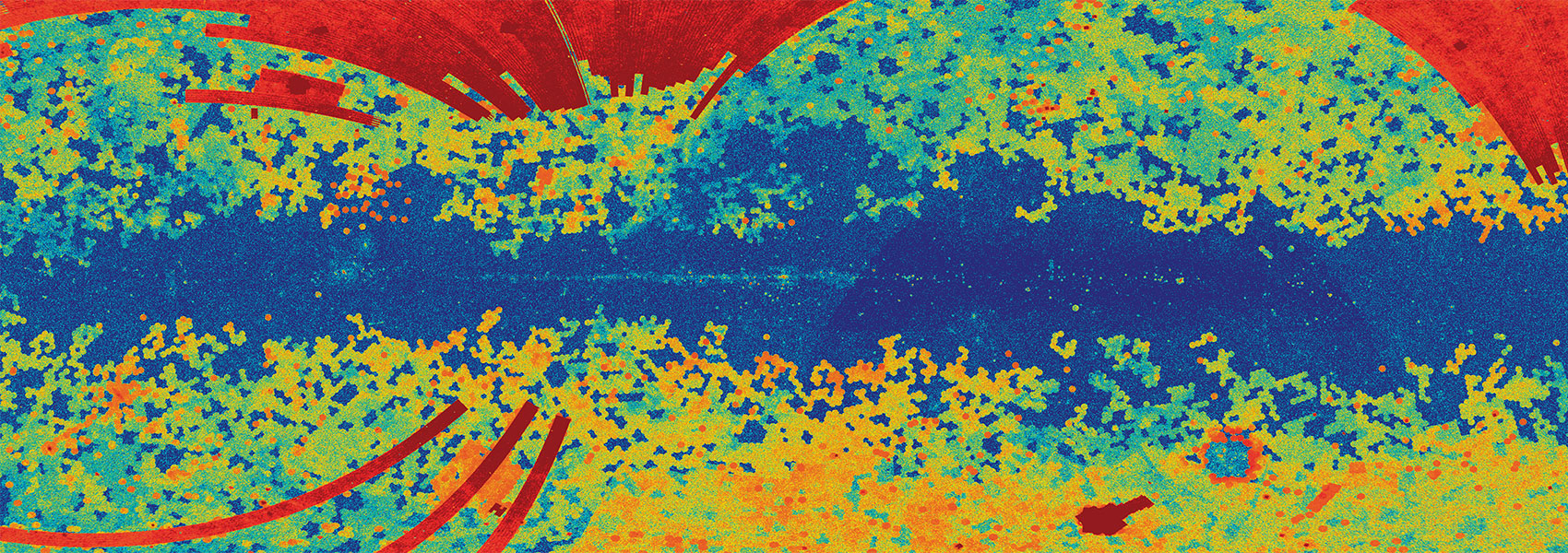June
2003
•
2003AJ....125.3302G
Authors
•
Gizis, John E.
•
Reid, I. Neill
•
Knapp, Gillian R.
•
Liebert, James
•
Kirkpatrick, J. Davy
•
Koerner, David W.
•
Burgasser, Adam J.
Abstract
•
We present analysis of Hubble Space Telescope (HST) images of 82 nearby field late M and L dwarfs. We resolve 13 of these systems into double M/L dwarf systems and identify an additional possible binary. Combined with previous observations of 20 L dwarfs, we derive an observed binary fraction for ultracool dwarfs of 17+4-3%, where the statistics included systems with separations in the range 1.6-16 AU. We argue that accounting for biases and incompleteness leads to an estimated binary fraction 15%+/-5% in the range 1.6-16 AU. No systems wider than 16 AU are seen, implying that the wide companion frequency is less than 1.7%; the distribution of orbital separation is peaked at ~2-4 AU and differs greatly from the G dwarf binary distribution. Indirect evidence suggests that the binary fraction is ~5%+/-3% for separations less than 1.6 AU. We find no evidence for differences in the binary fraction between stellar late M and L dwarfs and substellar L dwarfs. We note, however, that the widest (greater than 10 AU) systems in our sample are all of earlier (M8-L0) spectral type; a larger sample is needed to determine if this is a real effect. One system with a spectral type of L7 has a secondary that is fainter in the HST F814W filter but brighter in F1042M; we argue that this secondary is an early T dwarf.
Links


.png?1523393848)

